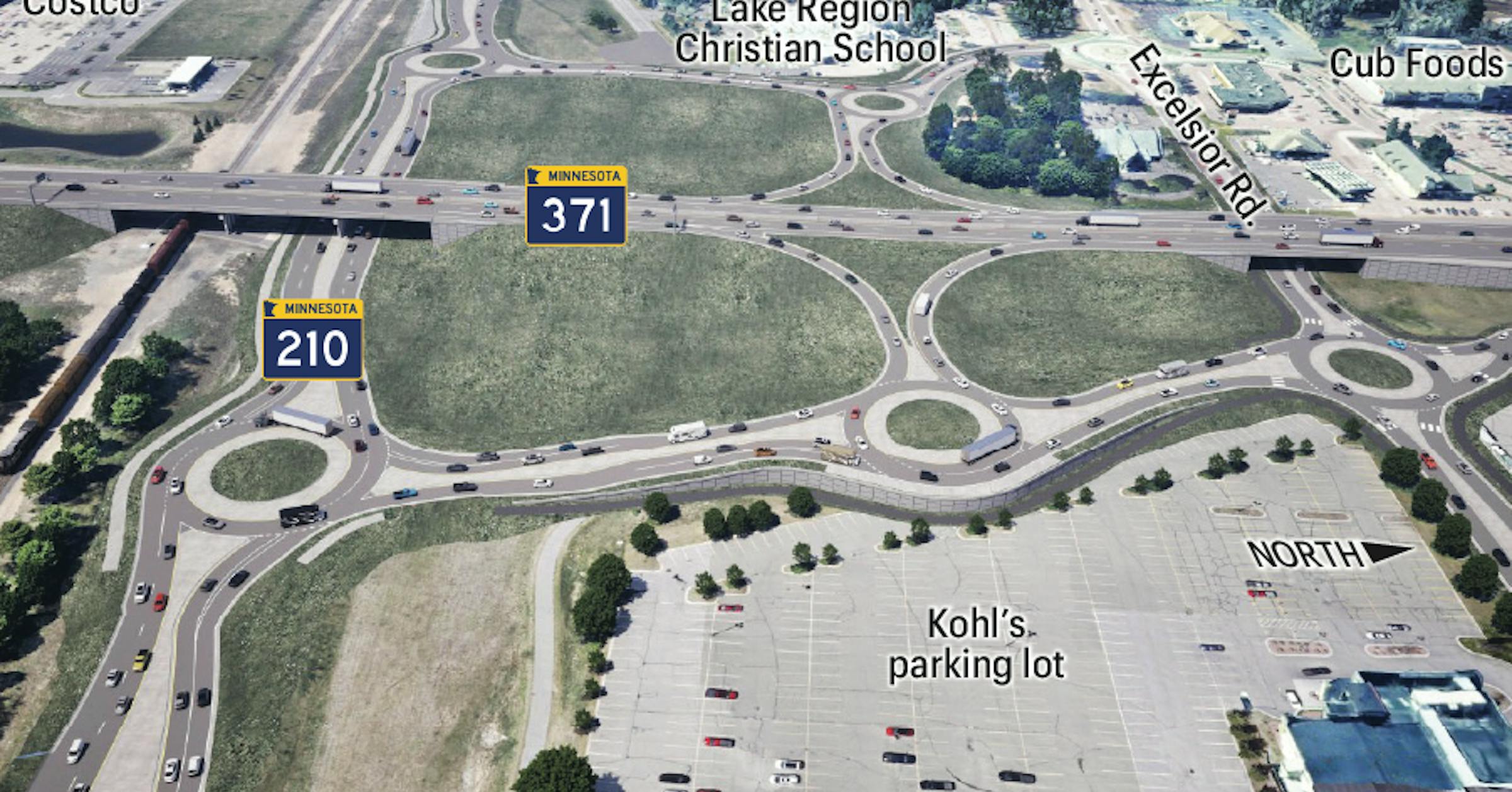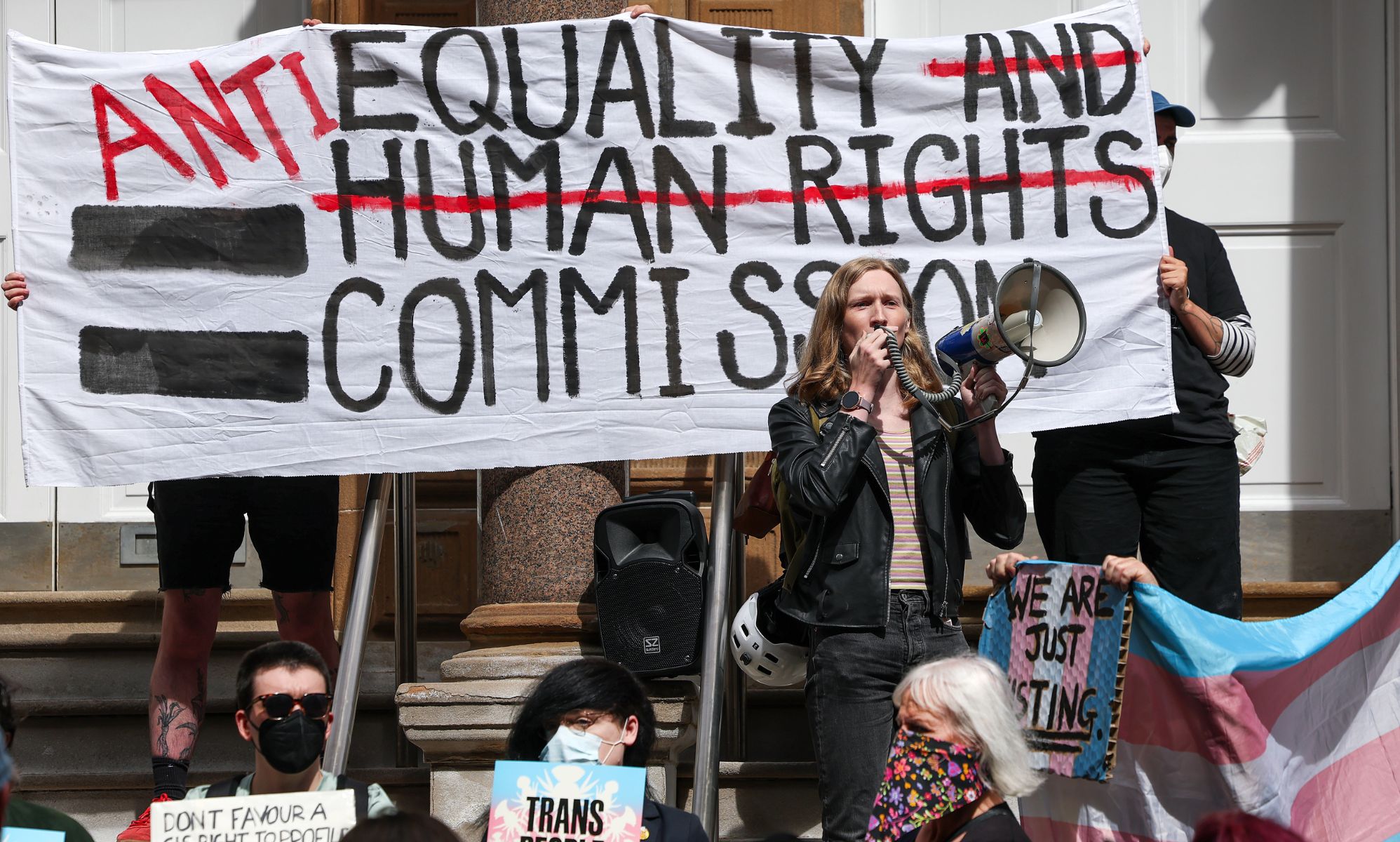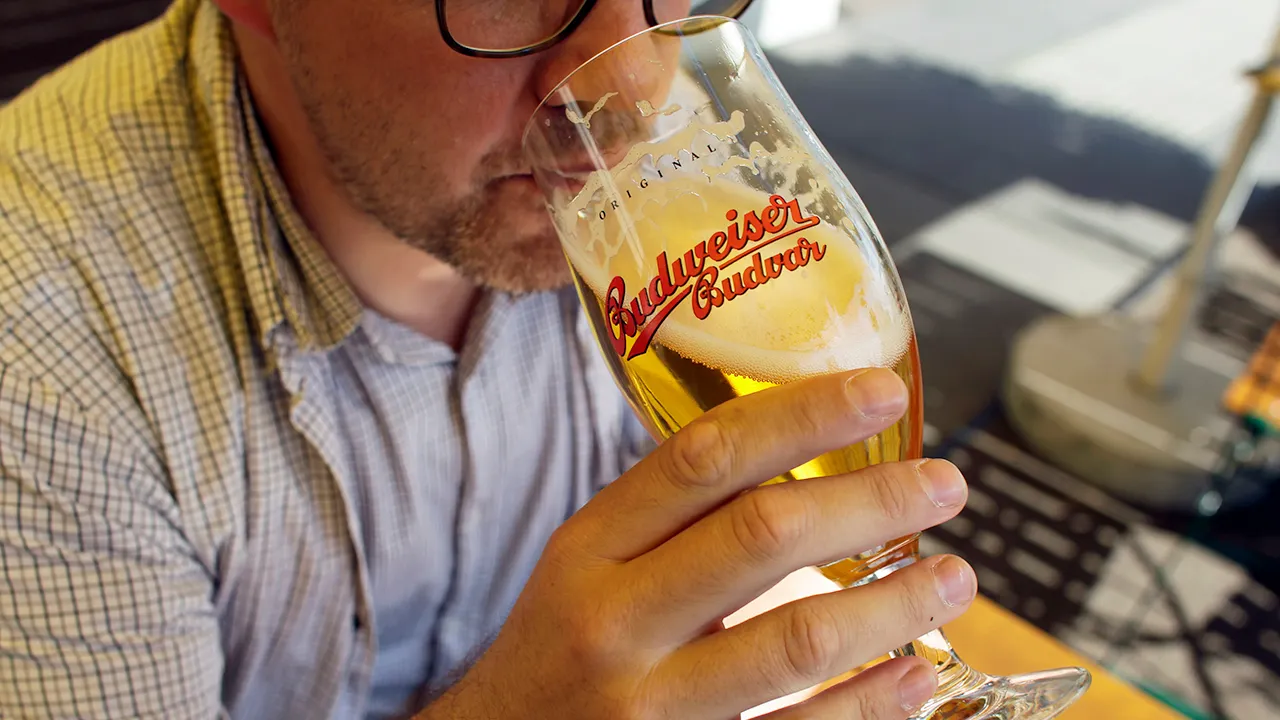Ramstad: Businesses, town advocates wrestle over notorious intersection in Minnesota lakes country

MnDOT’s solution for slowdowns at highways 371 and 210 in Baxter is buttonhook ramps and roundabouts.
By Evan Ramstad
The Minnesota Star Tribune
September 22, 2025 at 7:37PM
MnDOT’s recommended solution to relieve congestion at Hwy. 371 and Hwy. 210 in Baxter, Minn., involves new bridges and buttonhook ramps that connect to roundabouts. The Baxter City Council must decide whether to accept the design. (Mark Boswell)
MnDOT recently proposed separating the two highways, with 371 passing over 210 on a bridge, which sounds simple enough.
But with both a railroad and another four-way intersection very close to where 371 and 210 meet, MnDOT found that many of the ordinary solutions wouldn’t work.
After looking at dozens of ideas — and doing in-depth studies on about 20 of them — the agency settled on a system of “buttonhook” ramps between 371 and 210.
Related Coverage
Such ramps are not novel in Minnesota. They can be found in Edina, Richfield and other parts of the Twin Cities metro area.
What’s different in the Baxter proposal is that the ramps flow without signals in and out of roundabouts.
Six large roundabouts, to be exact. Five of them are brand new.
“We tried to illustrate things to calm those fears of something different and change, but I don’t know we’re there yet,” he said.
The problem is Hwy. 371 through Baxter is both a high-speed road and a low-speed street. That’s a combination now known in urban design circles as a “stroad,” a word invented by a Brainerd resident who is a national figure in the field, Charles Marohn.
Stroads are notorious features of most American suburbs, destroying walkability and charm, and often so compromised in design they deliver neither the efficiency of a road nor the access of a street.
In a series of essays on the website of the nonprofit organization he leads, Strong Towns, Marohn criticized MnDOT’s solution for the 371/210 interchange as too costly and too complicated. He said it prioritizes people driving through Baxter rather than living in it.
He views the proposal as emblematic of a broader problem that communities, particularly suburbs, face across the country. There’s too much unproductive infrastructure being built, and requiring long-term maintenance, in the hopes that new growth will pay for it.
Marohn favors a simpler design that was on MnDOT’s list of finalists: a single-point interchange on 371 atop a bridge over 210 and the railroad.
about the writer
Evan Ramstad
Columnist
Evan Ramstad is a Star Tribune business columnist.
See More



